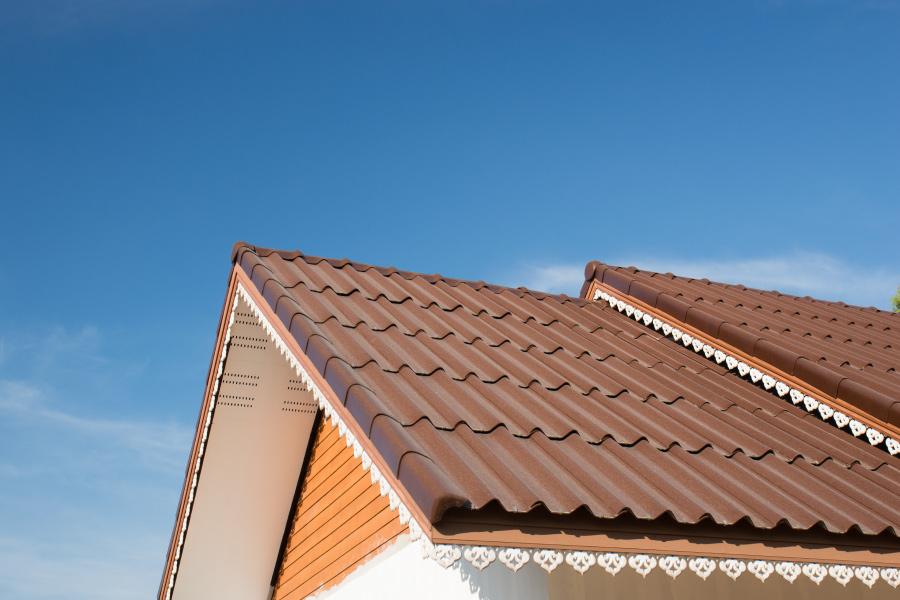Hot climates can be challenging for homeowners, especially when it comes to maintaining a comfortable indoor temperature and energy efficiency. One significant factor to consider is the type of roofing material used. Metal roofs have gained popularity for their durability and longevity, but are they suitable for hot climates? In this article, we will explore the benefits of metal roofs in hot climates, their energy-saving features, and essential considerations for homeowners living in such regions.

Benefits of Metal Roofs in Hot Climates
Metal roofs offer several advantages that make them well-suited for this climate.
1. Reflective Properties
Metal roofs are highly reflective, meaning they can bounce off a significant amount of sunlight and heat. This reflective property helps keep the roof surface cooler and reduces the amount of heat transferred to the interior of the house.
2. Energy Efficiency
Due to their reflective properties, metal roofs can contribute to improved energy efficiency in this climate. A cooler roof surface means less heat penetrating the living spaces, leading to reduced cooling requirements and lower energy bills.
3. Durability
Metal roofs are highly durable and can withstand extreme temperatures, making them ideal for this climate where the sun’s rays can be intense.
4. Heat Dissipation
Metal roofs have excellent heat dissipation properties. Any heat that is absorbed is quickly radiated back into the atmosphere, preventing the roof from retaining heat for extended periods.
5. Low Maintenance
Metal roofs require minimal maintenance, making them ideal for homeowners in hot climates who want a hassle-free roofing option.
Considerations for Hot Climates
While metal roofs offer numerous benefits in hot climates, there are still some considerations homeowners should keep in mind.
1. Color Choice
The color of the metal roof can influence its heat absorption. Lighter-colored roofs reflect more sunlight and heat, keeping the interior cooler than darker-colored roofs, which absorb more heat.
2. Proper Insulation and Ventilation
Despite the reflective properties of metal roofs, proper insulation and ventilation are essential for maintaining a comfortable indoor temperature. Adequate insulation prevents heat transfer from the roof to the living spaces, while good ventilation helps dissipate any heat that may be trapped in the attic.
3. Coatings and Finishes
Opt for metal roofs with reflective coatings and finishes designed to enhance their heat-reflective properties.
4. Professional Installation
Proper installation by experienced professionals ensures the metal roof’s optimal performance and longevity in hot climates.
Conclusion
Metal roofs are indeed a good choice for hot climates due to their reflective properties, energy efficiency, durability, and low maintenance requirements. Homeowners in regions with scorching temperatures can benefit from the heat-reflective nature of metal roofs, leading to reduced cooling costs and increased comfort indoors. When considering a metal roof for a hot climate, it is essential to select the right color, invest in proper insulation and ventilation, and choose high-quality materials with reflective coatings. By taking these factors into account, homeowners can enjoy the many advantages that metal roofs offer in hot climates for years to come.



Leave a Reply